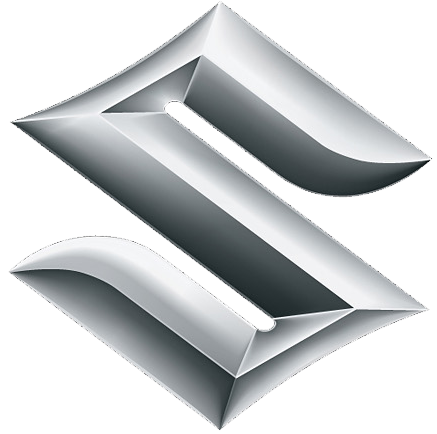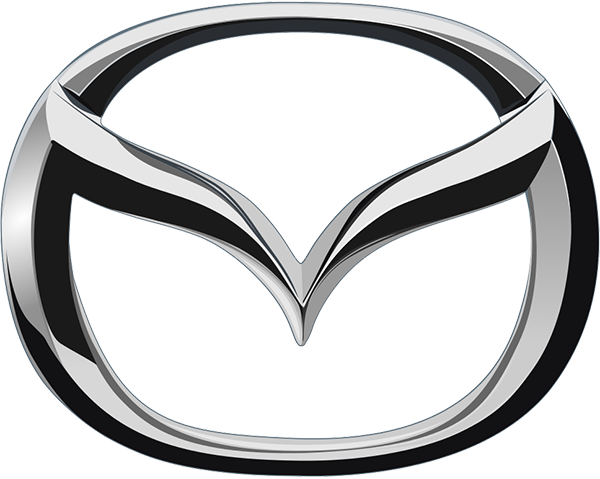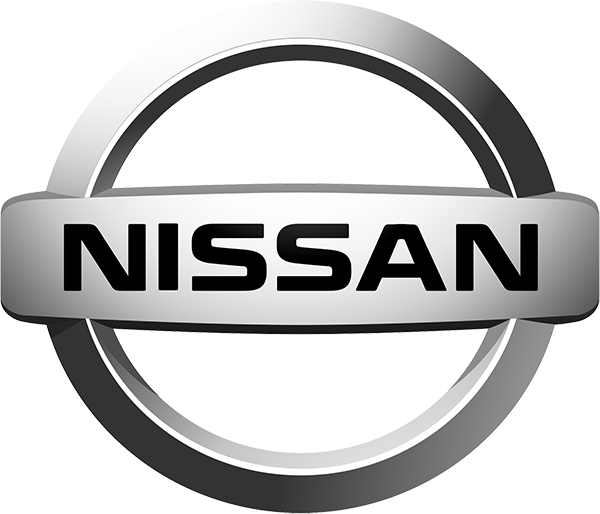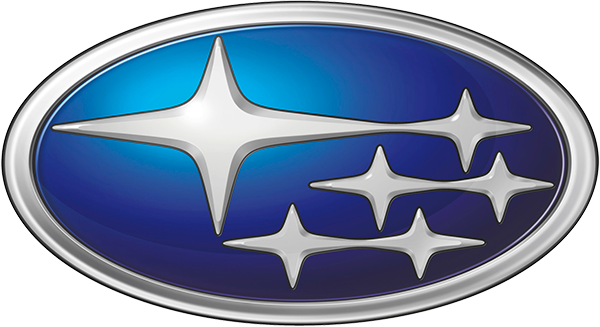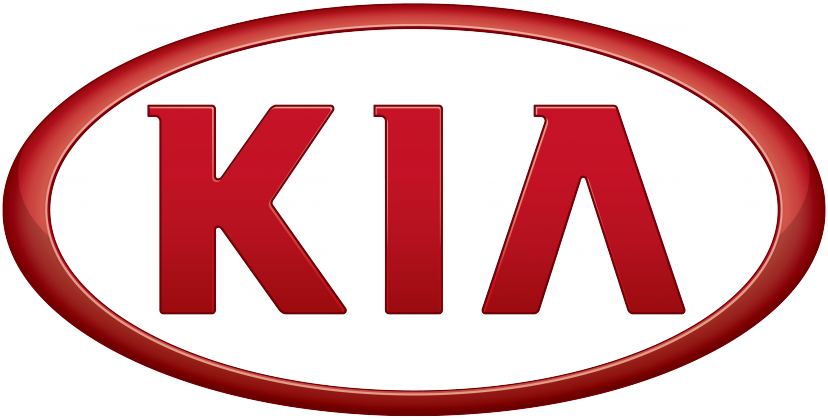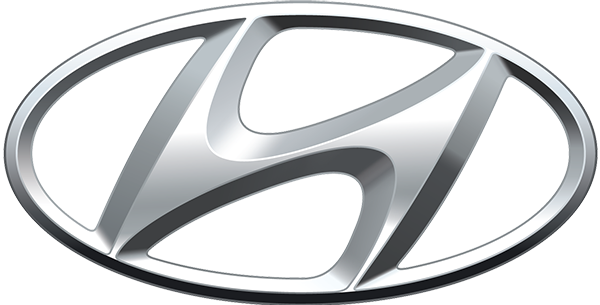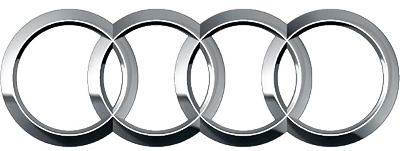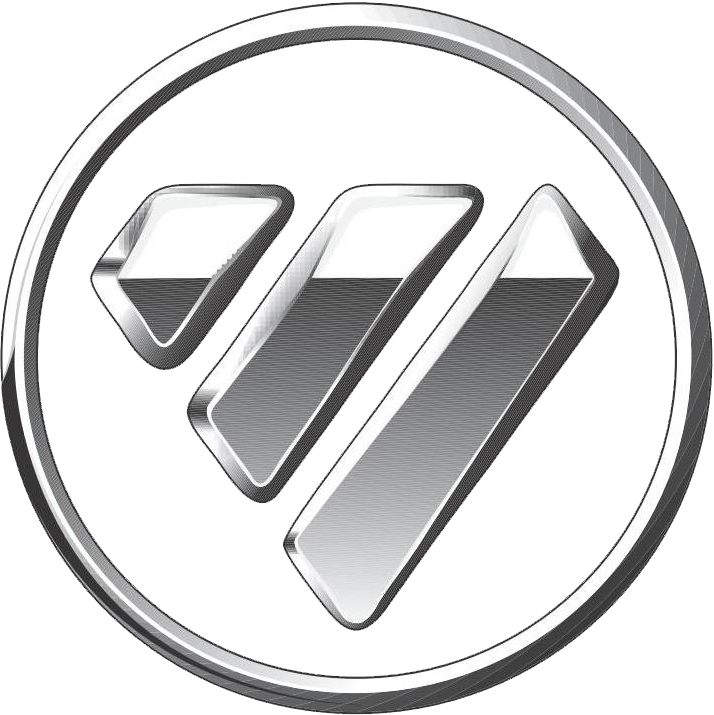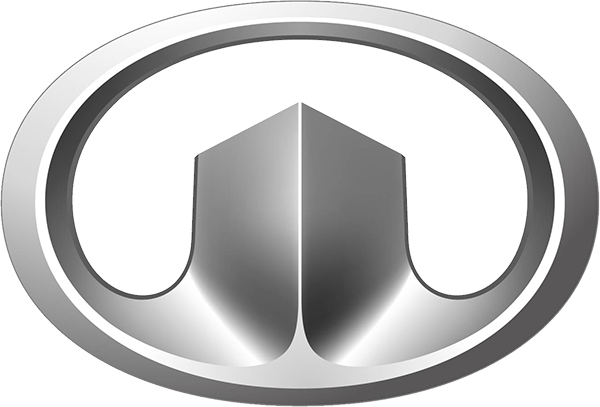A few days ago in the annals of history we come upon something so historic yet overlooked by many in the automotive industry: the day Henry Ford first tested his four-wheeled “horse-less” carriage. Back at a time when revolutions were a thing, the man was hell-bent on creating an invention that will change the world of personal transportation. It was June 4, 1896.
It was technically the world’s most successful “test drive” at the time- one to precede millions after. The “Quadricycle” as Ford touted it, ran on a simple 2-cylinder gasoline engine that put up 4 horsepower of force. It had only two gears, the first running up to 16 kph and the other up to 32 kph, and an 11-liter fuel tank. Its transmission was a crude combination of a leather belt and chain drive. Finally, the Quadricycle had very limited steering capability, lacked a reverse gear, and had no brakes.

However basic it might sound, Ford managed to run the machine along Detroit’s Grand River Avenue. His Chief Assistant, James Bishop, rode on a bicycle ahead to warn passersby and carriages and assist the passage of the vehicle.
But Ford was not the first to invent the “car” as we call it today. Henry’s contemporary and fellow engineer, Charles King, had earlier developed his own horseless carriage with a four-cylinder engine, but could only run up to 8 kph. King released his invention two months ahead of Ford, in March, and had relative success also. But it was not comparative to the speed of carriages, of course.
That was where Ford excelled. He improved on his design of the engine, originally patterned from a Kane-Pennington design he saw from an issue of The American Machinist magazine, until he finally finished and test-drove the Quadricycle on that fateful day in June. It was also the first he ever designed or drove. With only basic materials – steel, wood, rubber, cloth and some glass, he built the prototype of the invention that would be the cornerstone of his own empire. Interestingly, he sold the Quadricycle for $200 – that’s around $5,000 in today’s value, far less than the price of current models, which sell for around $17,000. He used the money to make his next car. Today the Quadricycle resides at The Henry Ford Museum, open to the public to inspire innovation.
This successful drive fueled Ford to establish the beginnings of the industry itself as we know it- the automobile industry, with his next models and his next development, the assembly line. While Ford was also not the foremost inventor or developer of the assembly line, as that could be credited to Ransom Olds of the Olds Motor Vehicle Company, he again improved the concept to implement a more efficient technique for his Model T in 1913.
So whether you’re watching the latest NASCAR or F1 challenges, at a local drive test, or even just test-driving the latest vehicle prospect you’re planning to buy, take a step back and remember that one day in the same month 120 years ago, a visionary took his first joyride downtown in the American Midwest.




